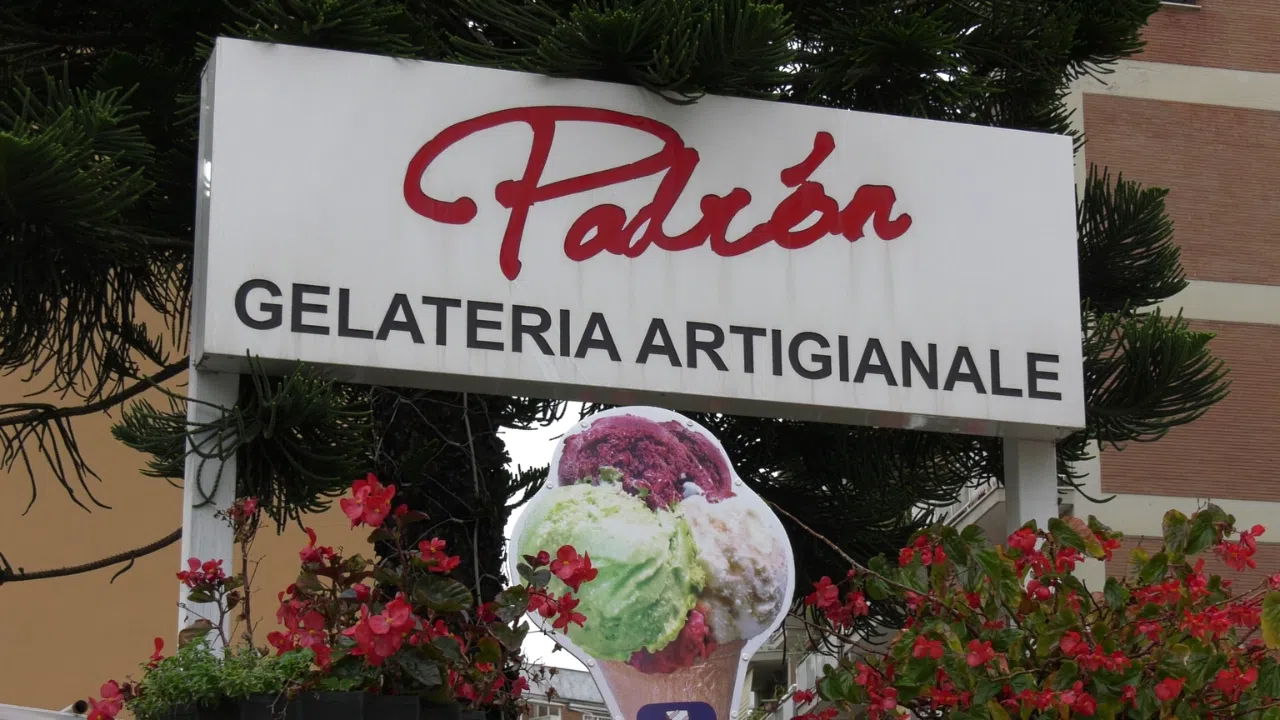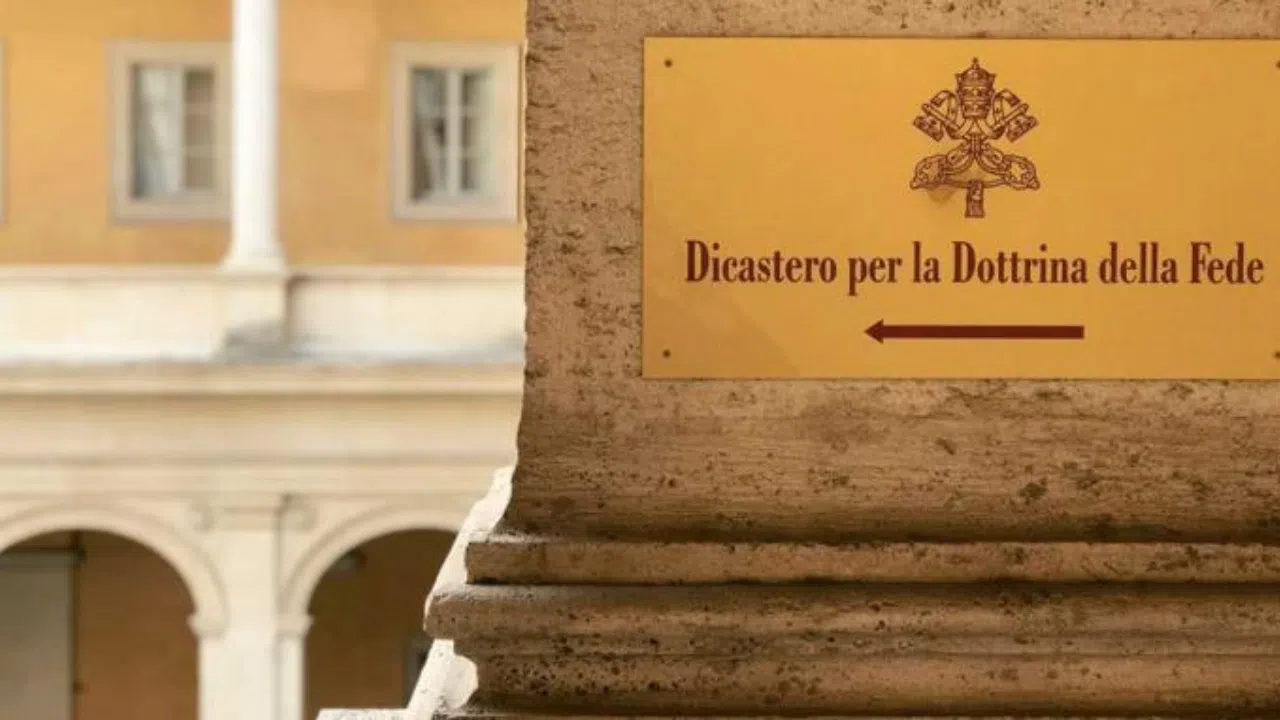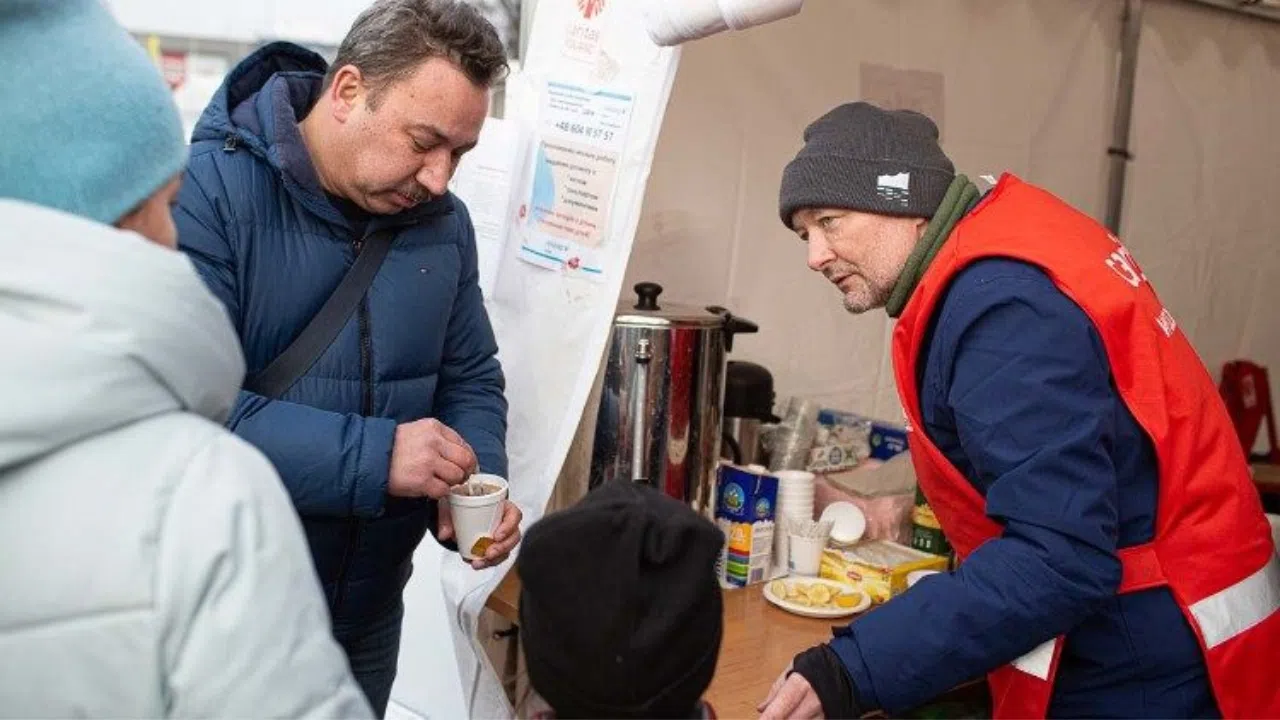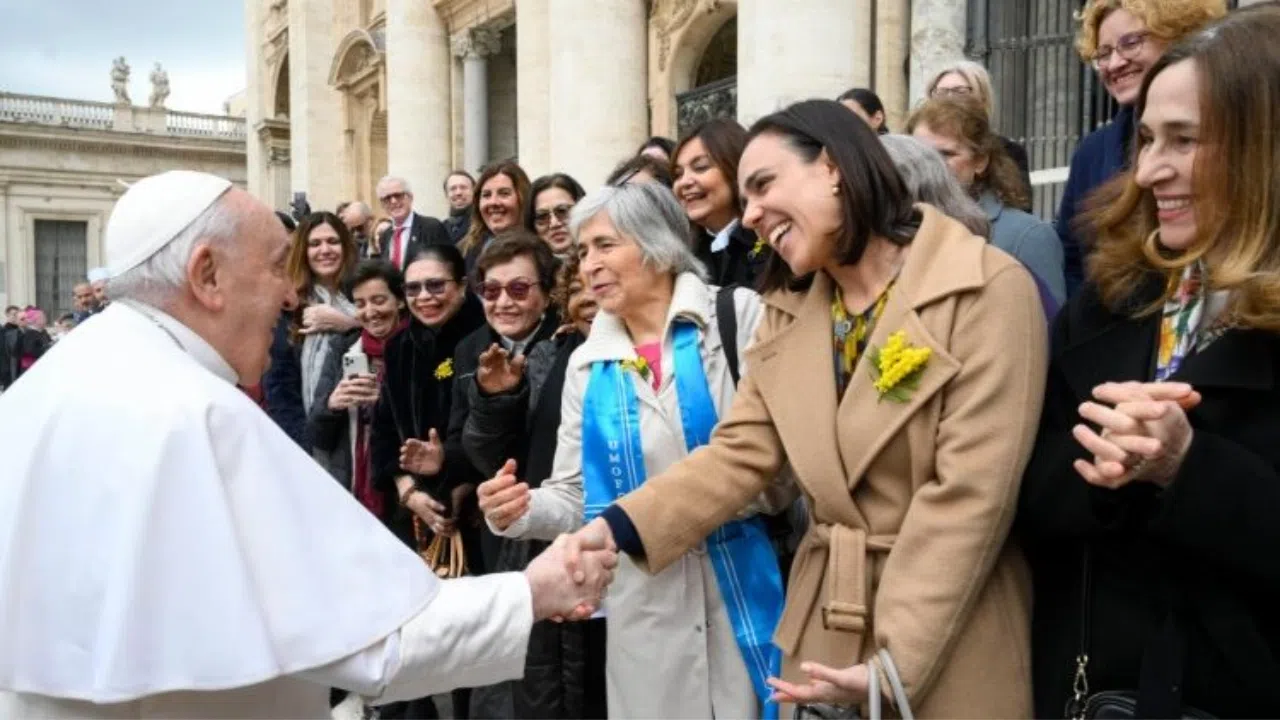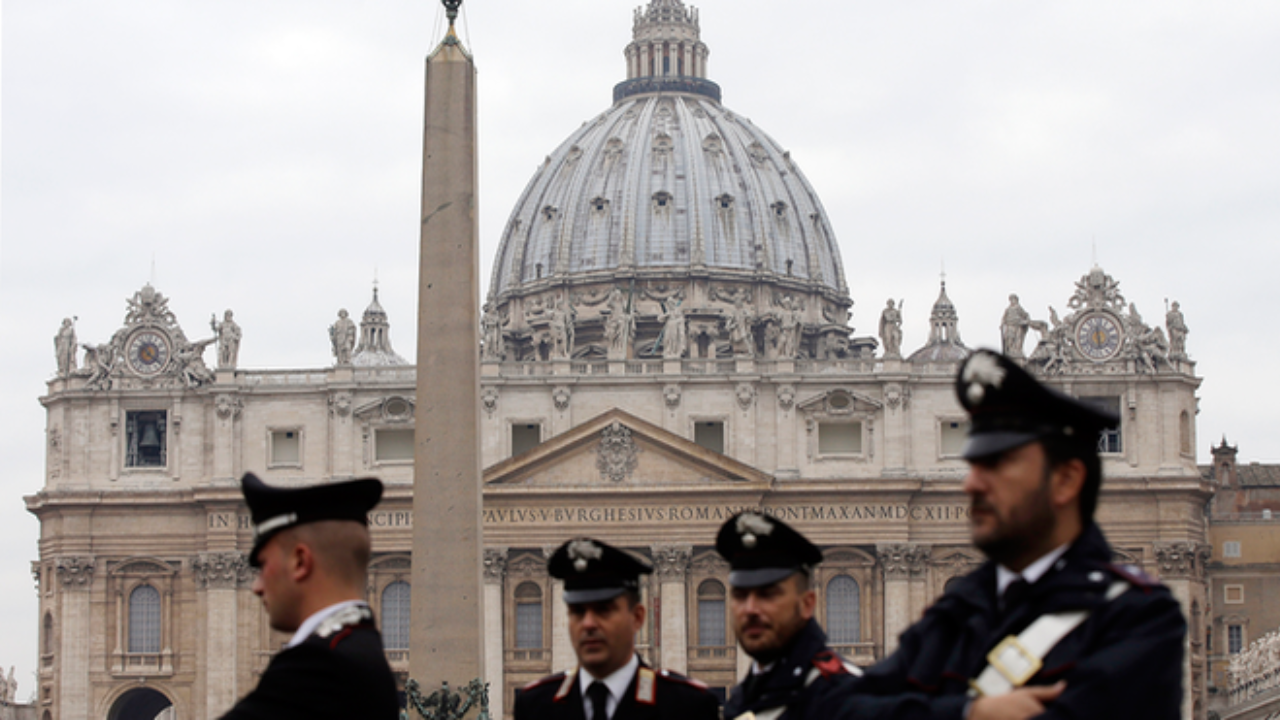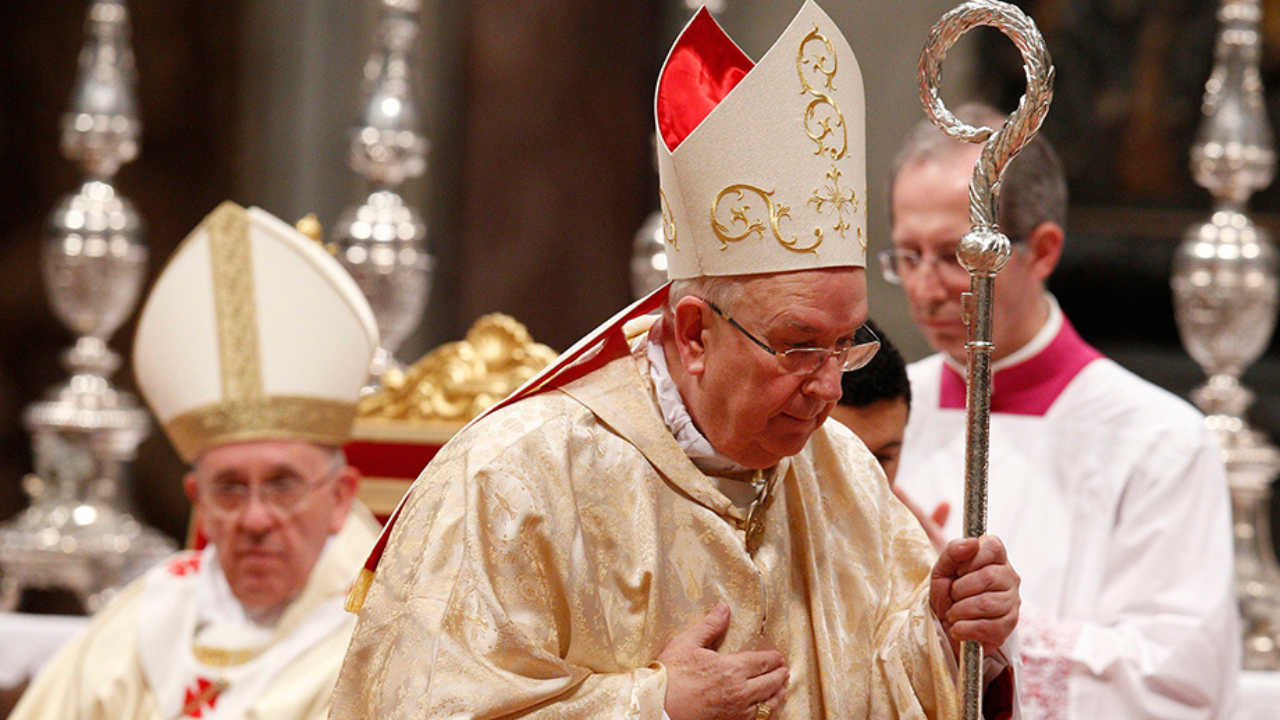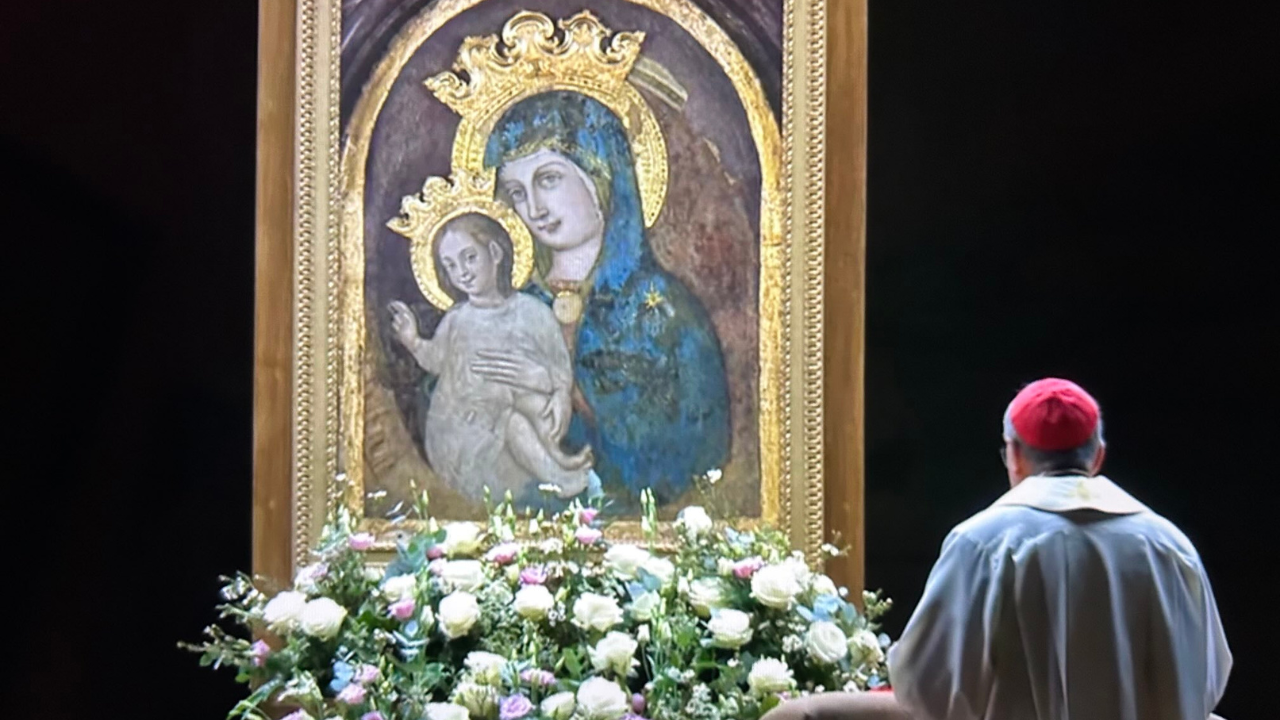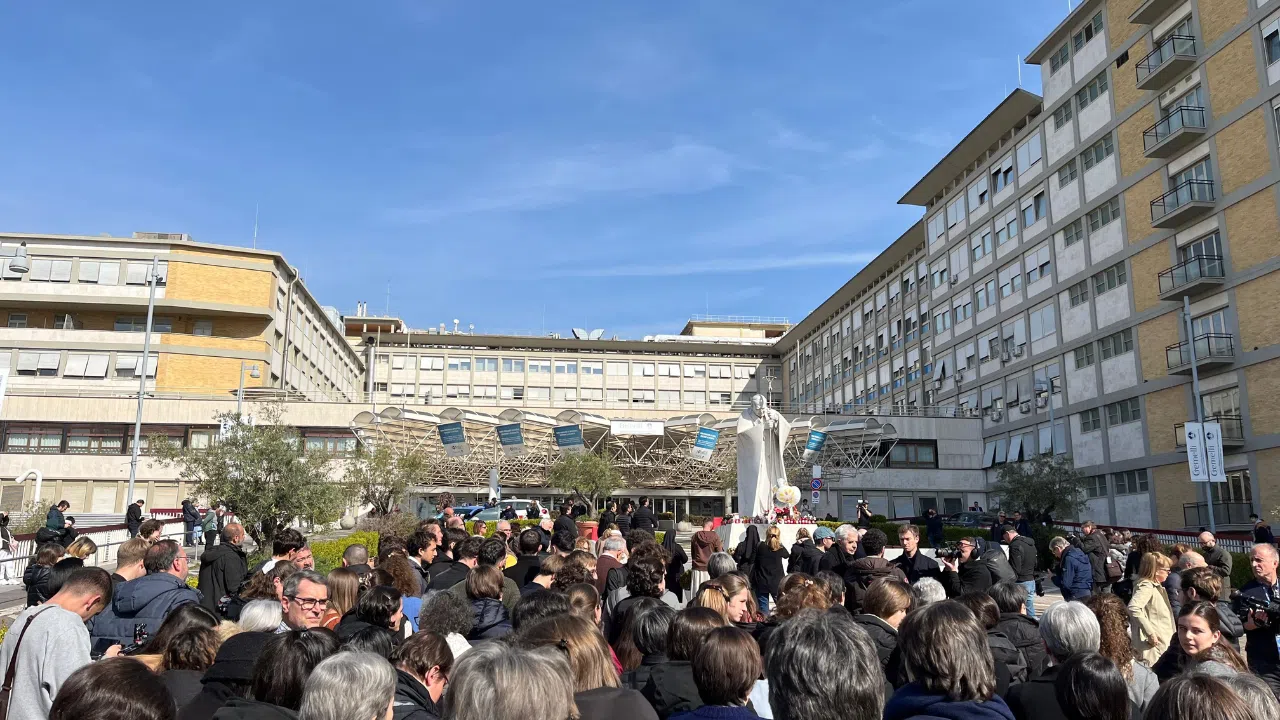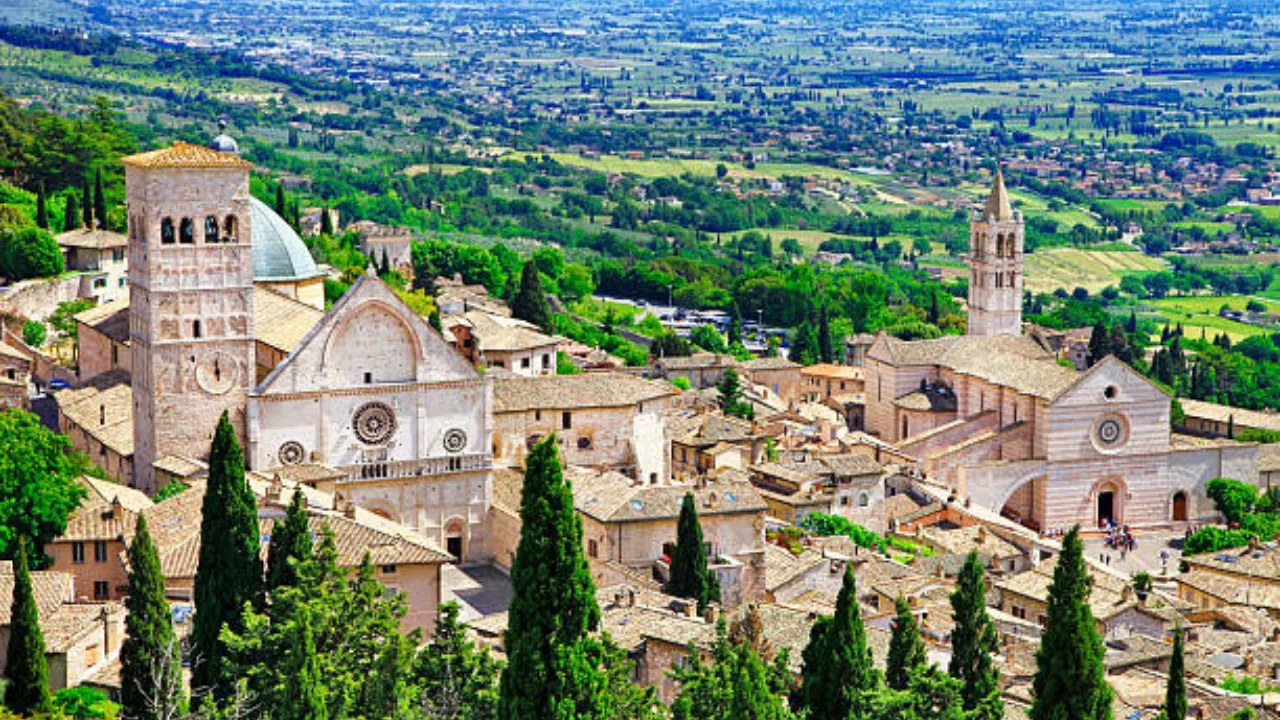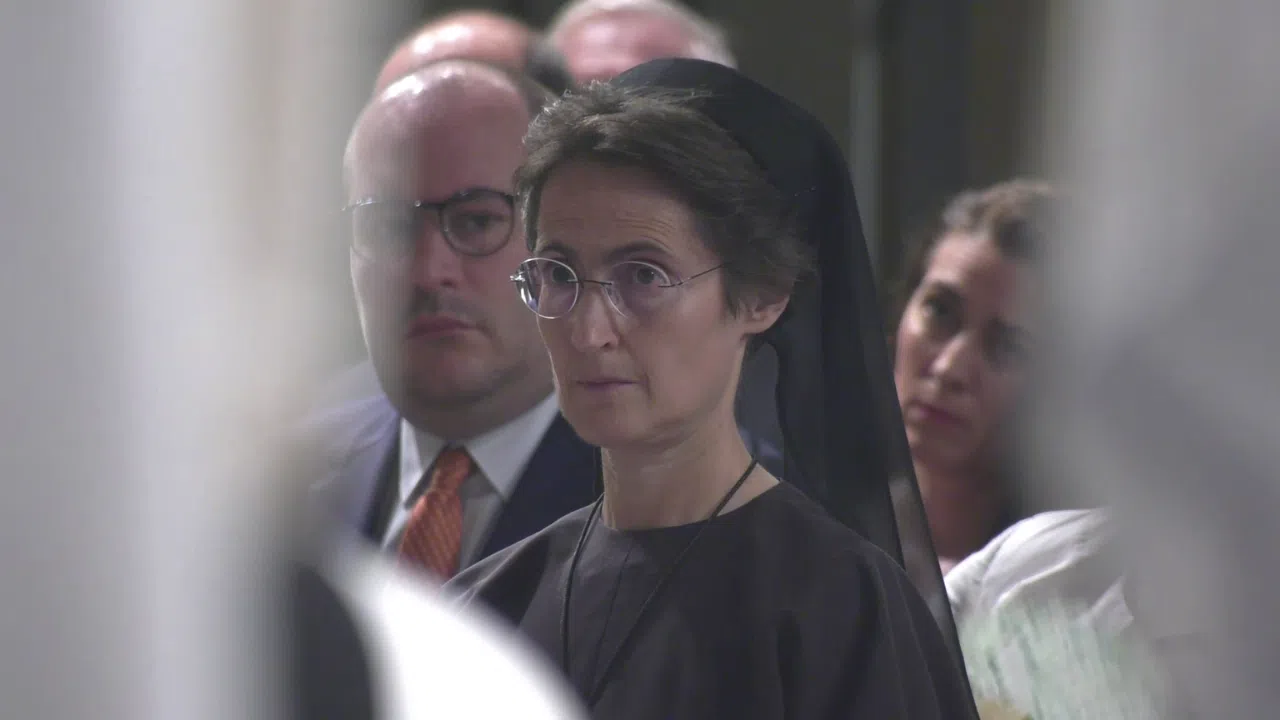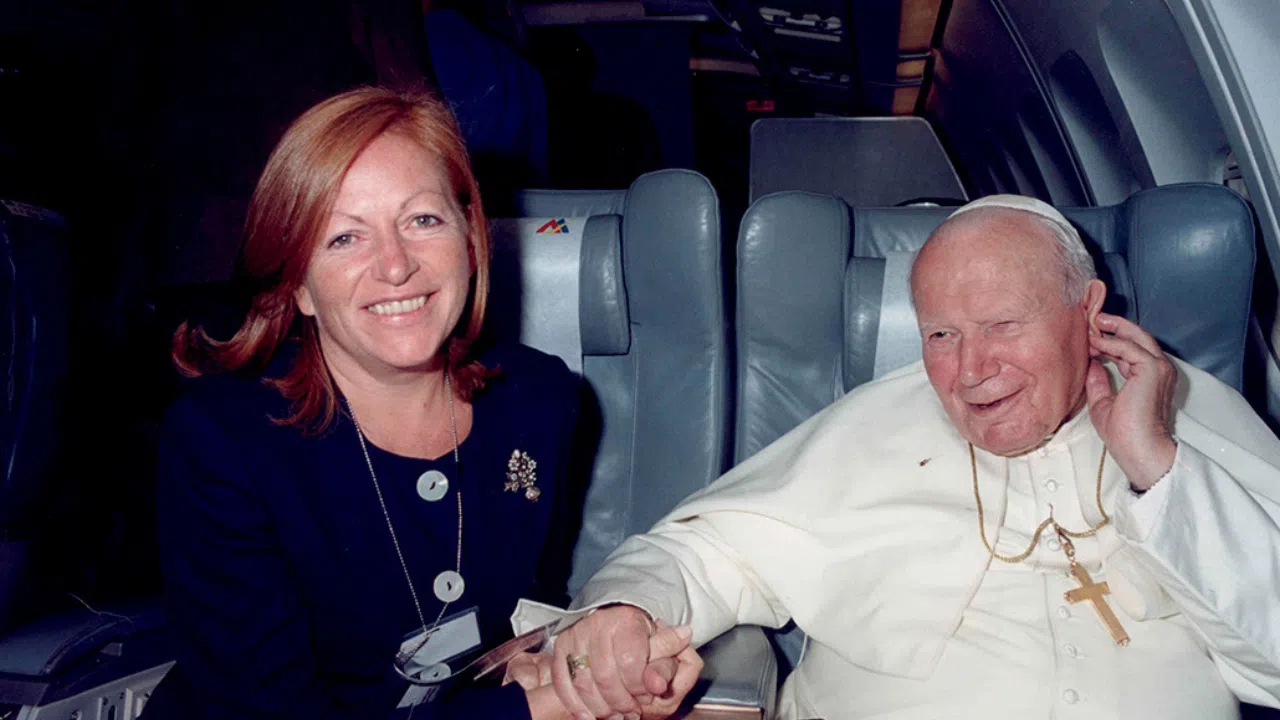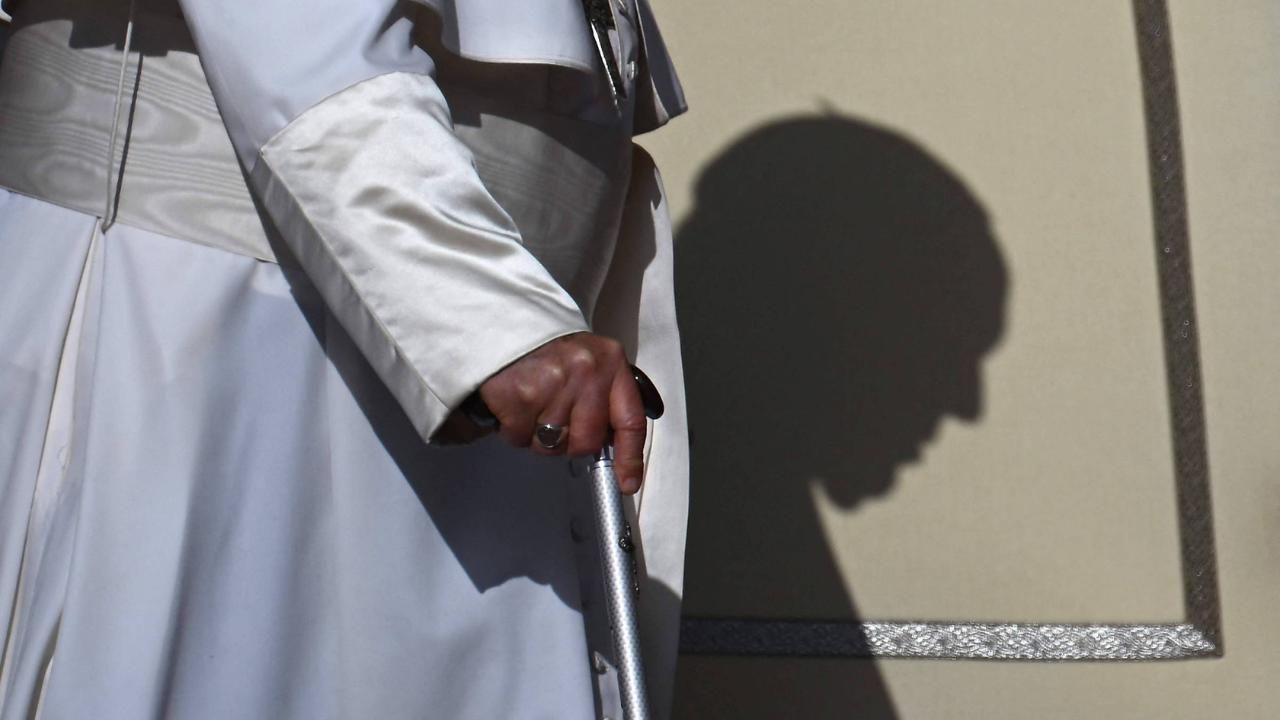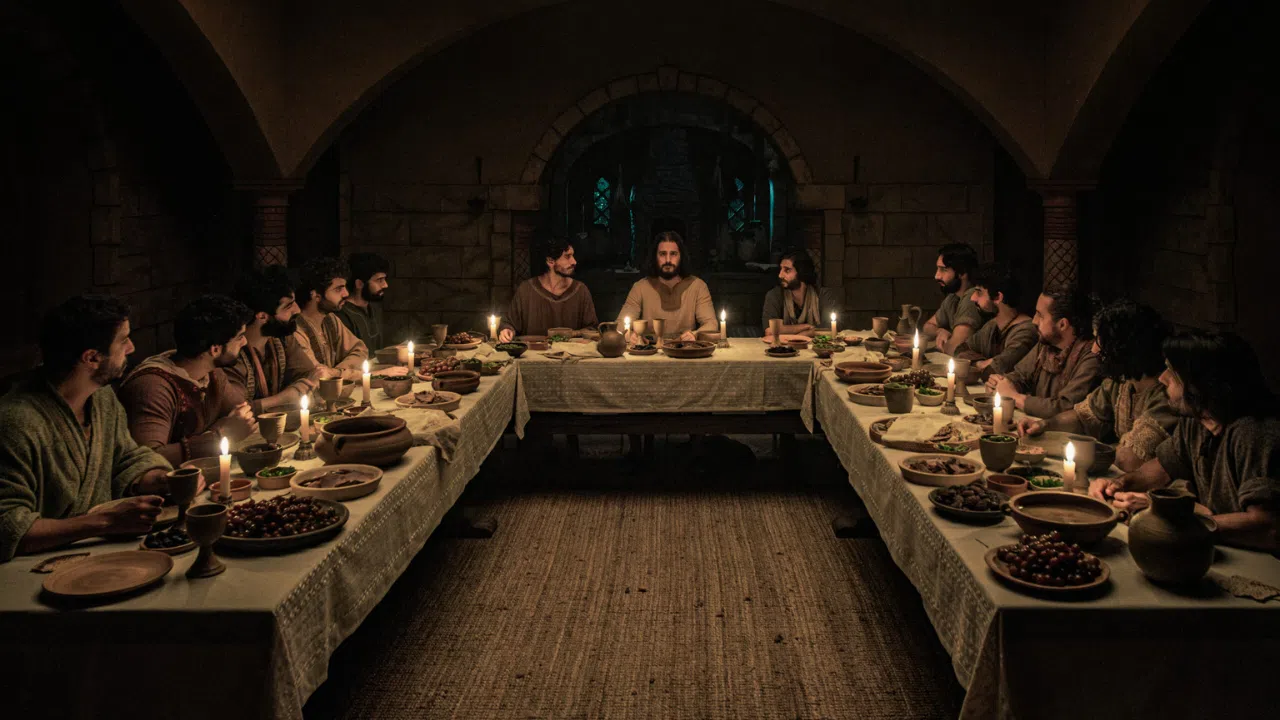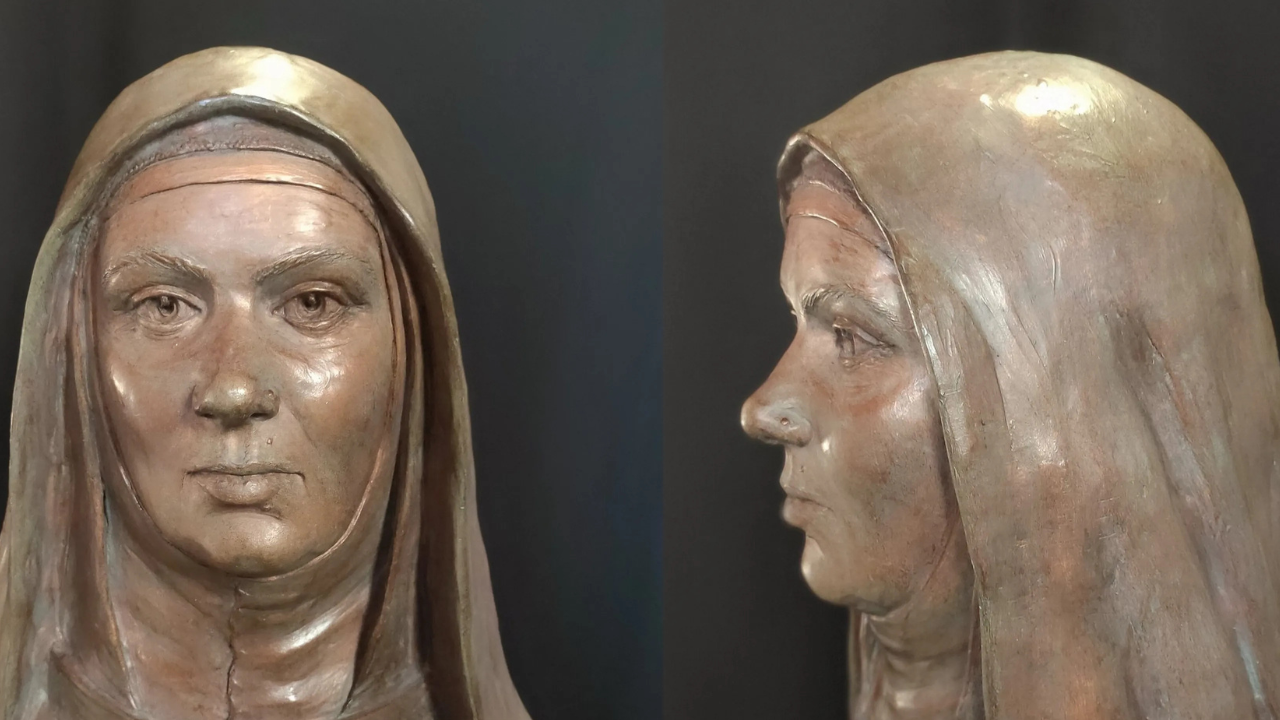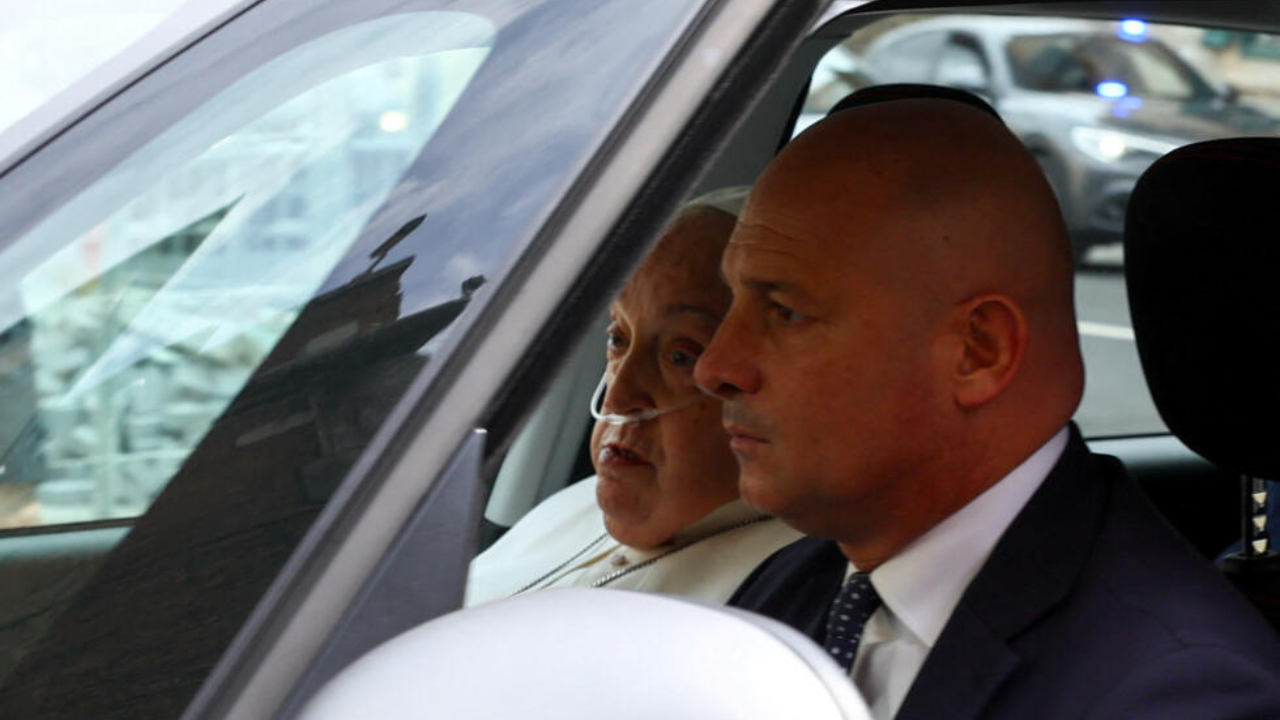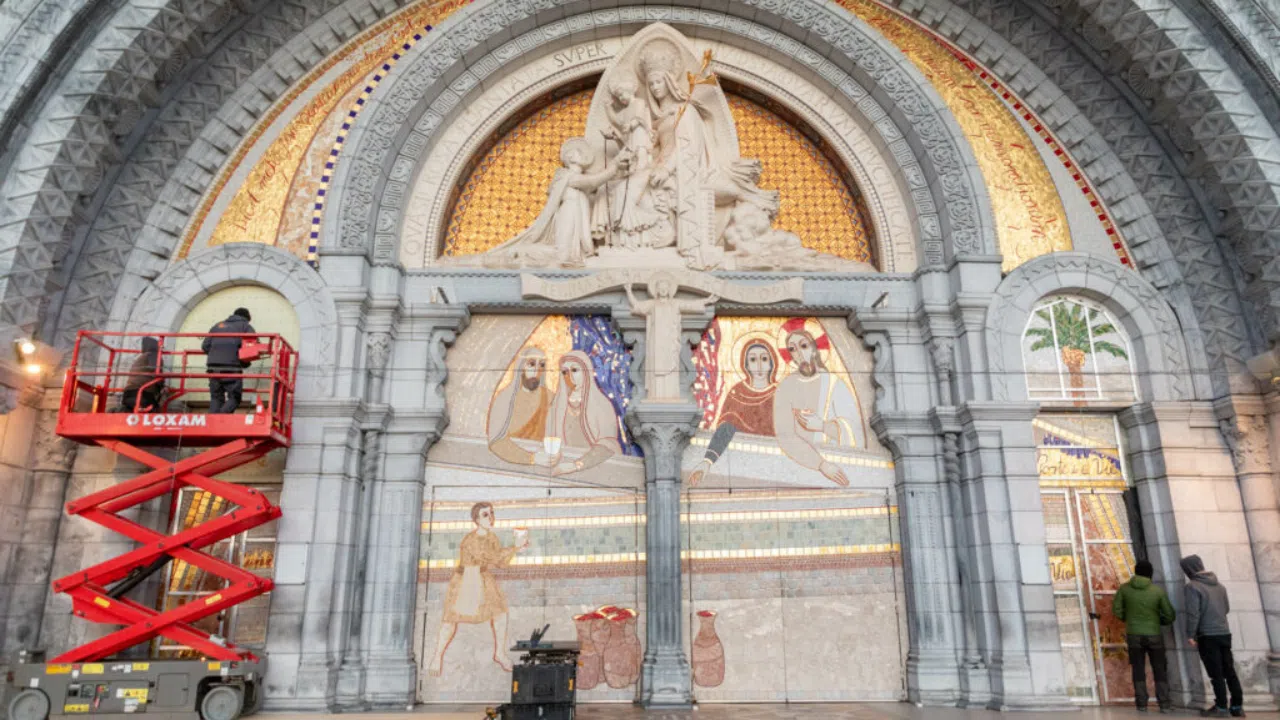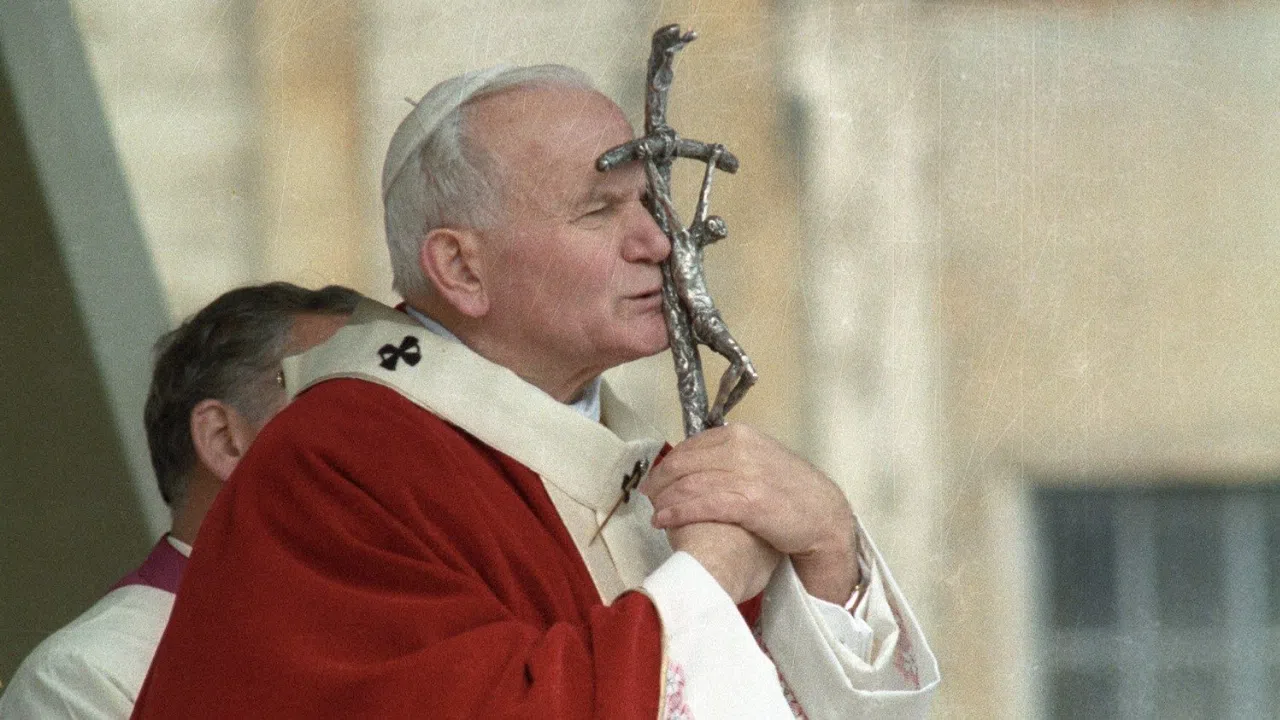In this episode of Vatican Unseen we learn about the history of the Vatican Coin and Stamp office as well as the different documents written by the Pope throughout his pontificate.
Since 1940, the Vatican has had its very own Philatelic and Numismatic Office , occupied with selling exclusively-made stamps and coins produced annually for the smallest state in the world, the Holy See. While the stamps are not printed behind the Vatican walls, there is a process involved in creating each one. Some of the stamps picture saints, or remember martyrs who have given their life for the faith. Others mark important years for the Church or special moments for the pope.
While the stamps originated in 1852, the coins are even older. The money, particularly for the Vatican and for the Pontifical State date back to the beginning of the 700s. Their creation process is only slightly different than that of the stamps. Over the years, the coins and medallions from past popes have been preserved in the Vatican, as well as the specially-made annual coins . Mauro confirmed collectors took an even greater interest when Italy's lira currency was changed to euro in 2002.
Starting in 2020, after 80 years of work in the same office, they are being divided in a new Vatican reorganization process. Now, there will be three offices, instead of the one. With this change, they hope to increase production, keep sales up and continue to focus on keeping the Vatican's collection of stamps and coins religious, yet able to cater to all. It's another way of transmitting the faith, even if through the smallest stamp on the outside of a letter. of transmitting the faith, even if through the smallest stamp on the outside of a letter written by the Pope or anyone inside The Vatican.
Besides answering and writting letters, to respond to constantly changing needs around the world and in the Church, popes issue a variety of documents. They can show the limits of the Catholic faith, challenge controversial opinions, encourage or discourage different initiatives in the Church and clarify the pope's priorities.
However, not all documents carry the same weight. Among the most important are apostolic constitutions, encyclicals and apostolic exhortations, followed by other apostolic letters, motu proprios, papal rescripts, decretal letters and apostolic briefs.
With the pope's countless daily activities, it's not surprising that he rarely writes the documents himself. Instead, they might be drafted by a committee and then approved by the pope. Although not officially part of the collection of papal documents, the pope's tweets seem to be the most widely read of his writings.
If you want to know more about the Vatican from the inside , don't forget to check out the first three episodes:
01. Discovering the Sistine Chapel
02. A Library with more than 5 centuries of Story
03. The Pope´s communication
